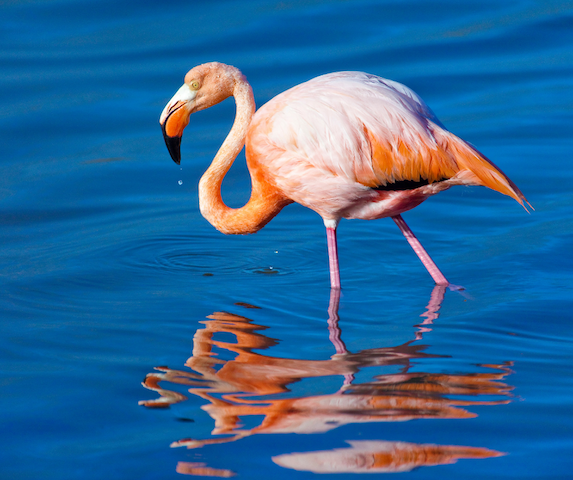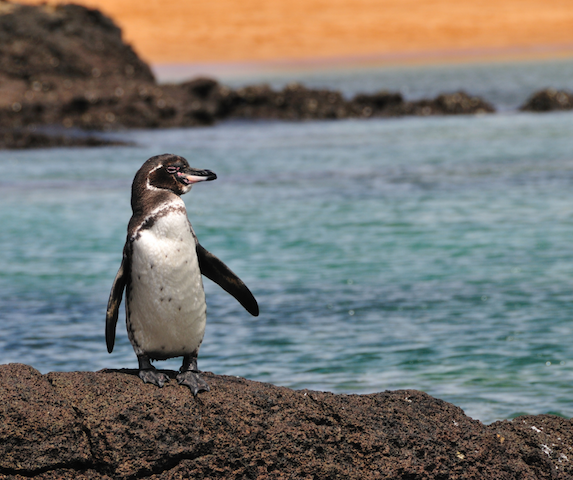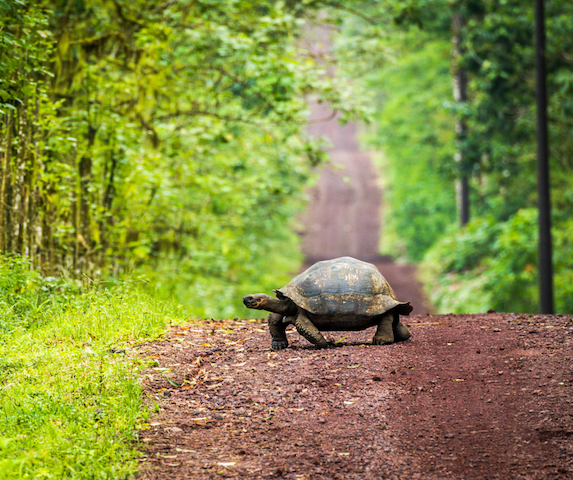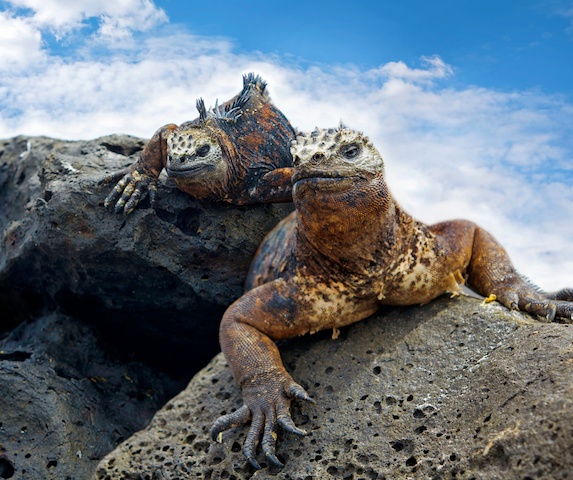 The Galapagos Islands are one of the most ecologically and biologically significant places on the planet. Their wildlife is uniquely adapted to the diverse habitat and, since biologist Charles Darwin ventured here on his survey voyage in 1835, the world has been in the thrall of this remote and beautiful archipelago.
The Galapagos Islands are one of the most ecologically and biologically significant places on the planet. Their wildlife is uniquely adapted to the diverse habitat and, since biologist Charles Darwin ventured here on his survey voyage in 1835, the world has been in the thrall of this remote and beautiful archipelago.
The incredible biodiversity of the Galapagos makes the islands not just a thrilling destination for adventurers, but for photographers. From incredible indigenous species to to awe-inspiring landscapes, the Galapagos are a visual feast!
At Academy Bay Diving, we know just how important it is to get the best photos from your trip. That’s why we’ve created this blog with tips for photography on your Galapagos holiday, whether you join us on one of our Daily Galapagos Land Tours or even our Galapagos Diving Trips. Keep reading for our advice or feel free to get in touch with any questions.
Conserving Natural History in the Galapagos Islands
Galapagos holidays are among the most sought-after nature tourism experiences, and travellers are afforded the ultimate privilege of a close encounter with the magnificent wildlife. Like many of our most spectacular natural environments, however, the inhabitants of the world’s first UNESCO World Heritage Site are under threat.
Along with the islands’ official conservancy body, there are numerous dedicated conservation programmes working with the Ecuadorian government. The environment of the islands is extremely fragile, so measures are already in place to reduce the impact of human settlement, while still allowing regulated numbers of people to visit the area on Galapagos holidays. It’s vital that this pristine ecosystem be protected and, by understanding just why it is so important, everyone can play a role in its preservation.
A UNESCO sanctuary: The islands are a microcosm of life and the value of their concentration of endemic flora and fauna has been recognised by UNESCO. While the Ecuadorian Government declared the entire archipelago a National Park in 1959, it was also deemed UNESCO’s first World Heritage Site in 1978, and a Biosphere Reserve in 1985.
The most complete natural laboratory on Earth: The archipelago is often referred to as a “natural laboratory”, because its geography lends itself to an environment where life flourishes in seemingly impossible conditions. Research into the unique adaptations of plant and animal life has led to the world’s most ground-breaking scientific and biological theorems, including the original one that changed everything: Charles Darwin’s Theory of Evolution by Natural Selection.
A close and personal encounter like no other: There is no place in the world where human visitors can get as up close and personal to a range of unique animal species in their natural habitat as here. The wildlife is fearless and curious and, while visitors are required by the rules of the National Park to keep a distance of 2 meters, the opportunity to encounter the animals at such close proximity is a dream come true for nature lovers.
The animal encounters and diverse scenery of the islands are a nature photographer’s dream. To learn more about which animals you can see on the islands, check out our Guide to Galapagos Wildlife!
Stay on the trails, keep the recommended distance and follow your guide for some amazing photo opportunities. For those who want to make the most of the chance to capture photographs of the animals, some tips may help.

Tips for Photography on Galapagos Holidays
There are plenty of generic tips for photographing wildlife (including the most basic, which is to be patient), but there are also some that are specific to capturing superb images of the animals of this remote archipelago.
Be Prepared
This advice has a dual meaning: you need to be prepared in terms of equipment, but also on a situational level. Taking the right camera and accessories is paramount, and an SLR with interchangeable lenses will yield far superior results to an iPhone, no matter how up-to-date the model is. The wildlife of the archipelago is unusually fearless, so it’s not really necessary to have extra long, fixed length focal lenses, but if you’re serious, a combination of short and medium lenses is recommended. As a guide, consider (at the least) an 18mm-70mm lens and a 100mm-400mm one.
The other aspect to preparation is to be ready to get “the money shot” without too much notice. Wildlife is wild, after all, and animals won’t wait around for you to focus, change aperture and frame the scene to perfection – although the Giant Galapagos Tortoise might be an exception. Take a light reading every now and again, and keep your eyes peeled so that you can take advantage of a situation as it arises.

Lighting
Because of the archipelago’s geographic position on the equator, the sun rises and sets quickly, spending a lot of its time directly overhead. This results in harsh, top-lit conditions that often aren’t very conducive to capturing images of wildlife. What you should be aiming for is low-side lighting, which creates greater textural interest and contouring shadows. Without the benefit of artificial studio lighting, the only real solution is to get up early before the sun reaches overhead, or later in the evening as it descends. An added bonus of this is that you can get some spectacular and very dramatic images by using a sunrise or sunset to backlight your subject.
Exposure
Even if you set your SLR to automatic exposure, the lighting and conditions on the archipelago can often be beyond the range of even the most sophisticated in-camera metering system. For example, the bright white plumage on a Nazca Booby perched on a black volcanic rock would cause the camera to expose for the darker areas, and then overblow the highlights. A great tip is to use the +/- function on your camera, which will override the meter and correct it one or two stops in order to expose for the bird instead of the rocks.
Think Laterally
Aside from the technical aspects, the most important piece of advice from experts in the know is to think outside of the box and really take advantage of the magnificent opportunities you’ll encounter on Galapagos holidays. Don’t just follow the crowd and photograph the animals from a static standing vantage – get low on the sand with the Sally Lightfoot Crabs, get high on the rocks with the Marine Iguanas, and wade into the shallows with the curious Sea Lions (obviously keeping your camera protected). Getting creative with angles is one of the surest ways to open yourself up to that once-in-a-lifetime image.

Remember Your Galapagos Holiday with Great Photos
While, for some, Galapagos holidays are enough of a reward in themselves, for others, capturing incredible photographs is a hugely important aspect. Wildlife photography can, by its nature, be an extremely challenging pursuit. And, while simply being in the right place at the right time can reap some astounding rewards, following a few tips in order to capitalise on those “right time, right place” moments can create the difference between a good photograph and a great one.
If you’re ready for a Galapagos adventure, why not have a look at our Galapagos Islands Tour Packages for a comprehensive excursion? And if you have any questions about our tours or the islands, please contact us.
Written by: Charli Pocock






